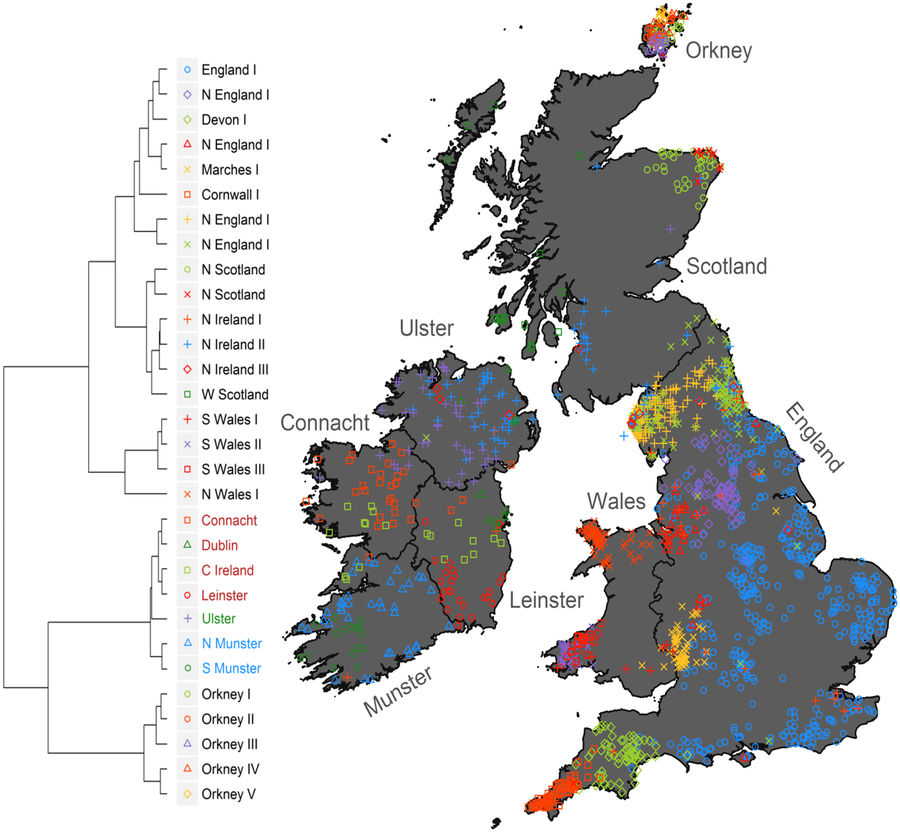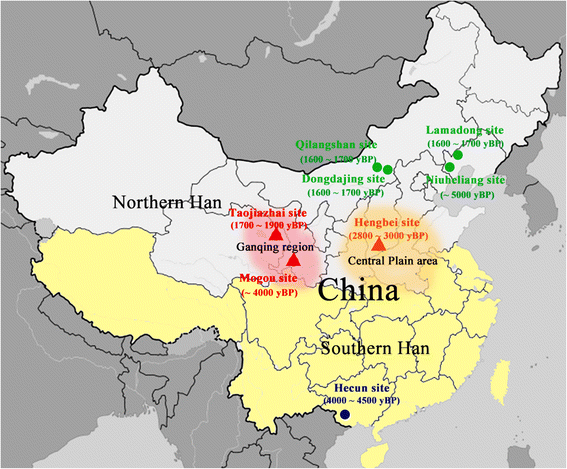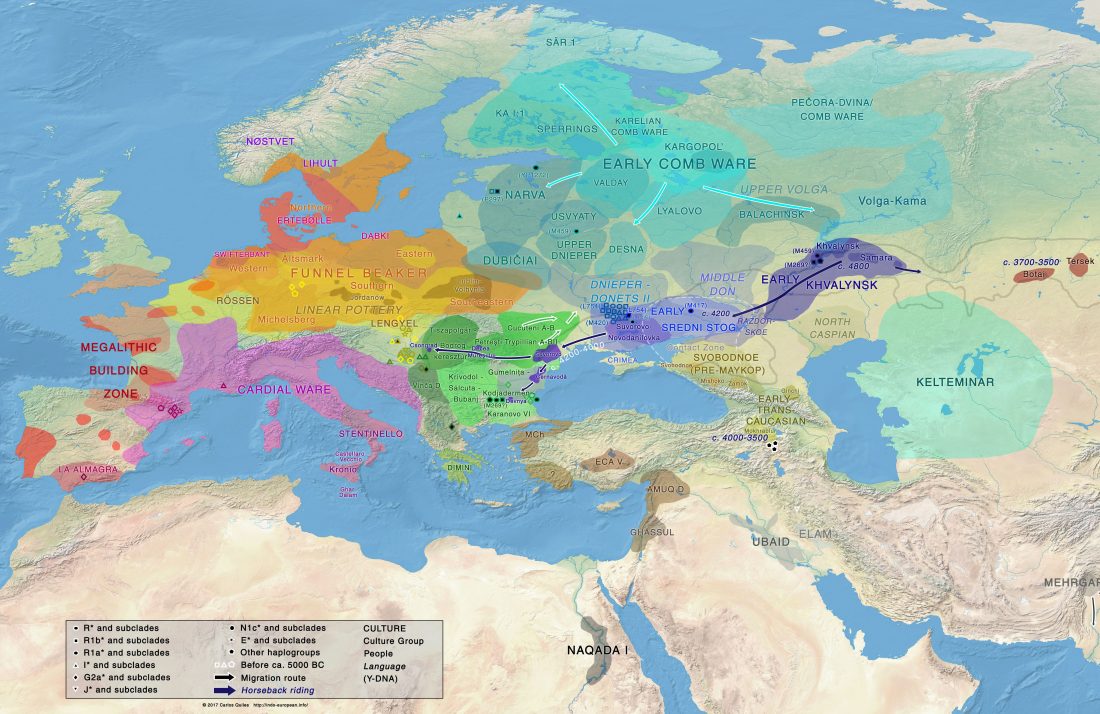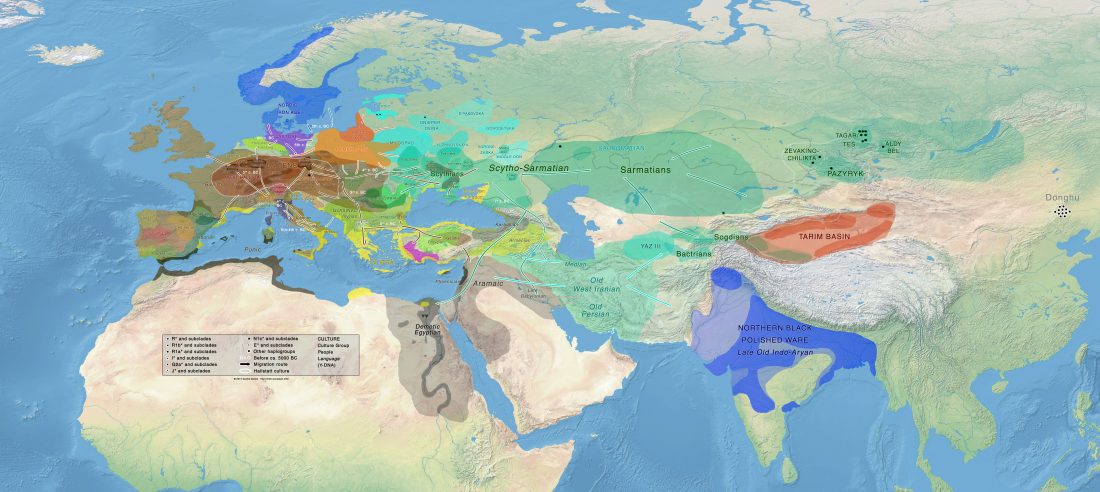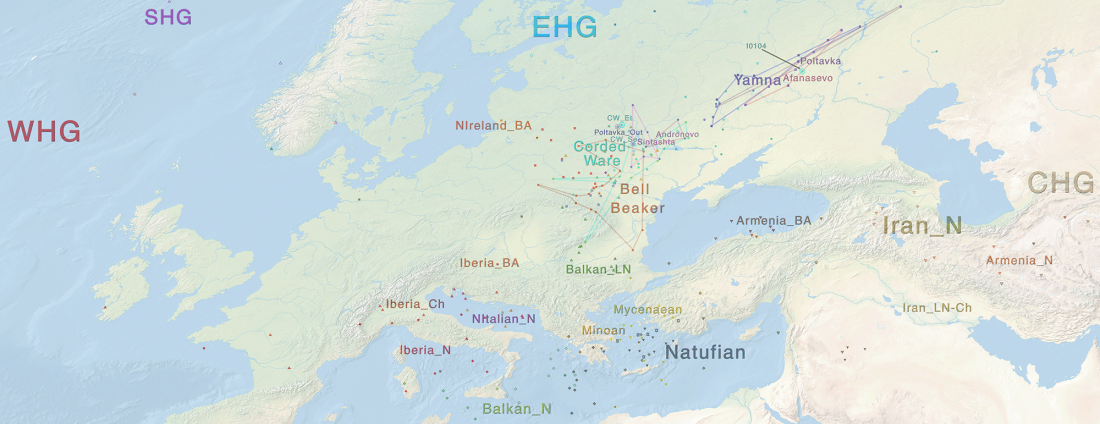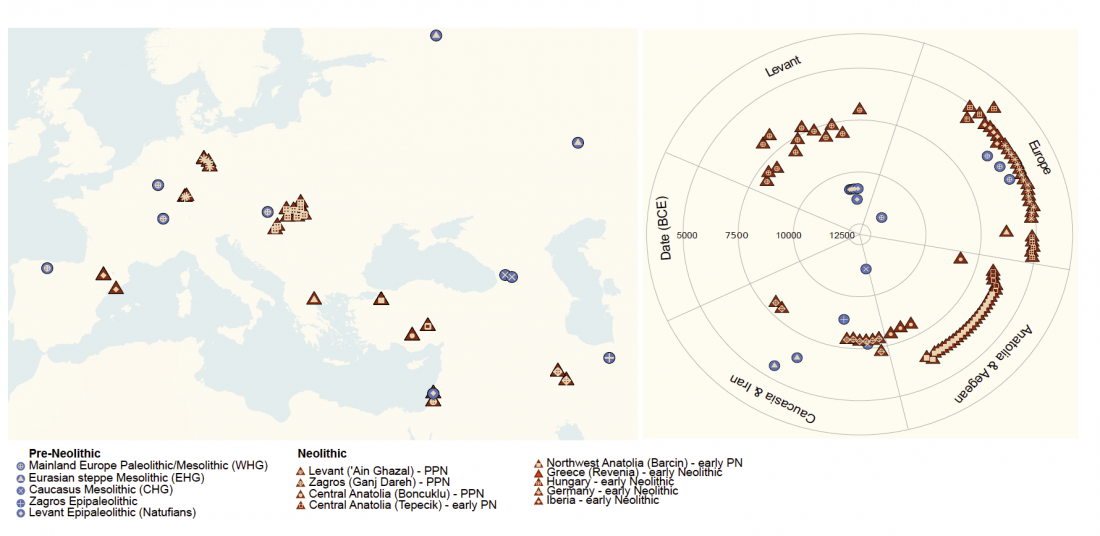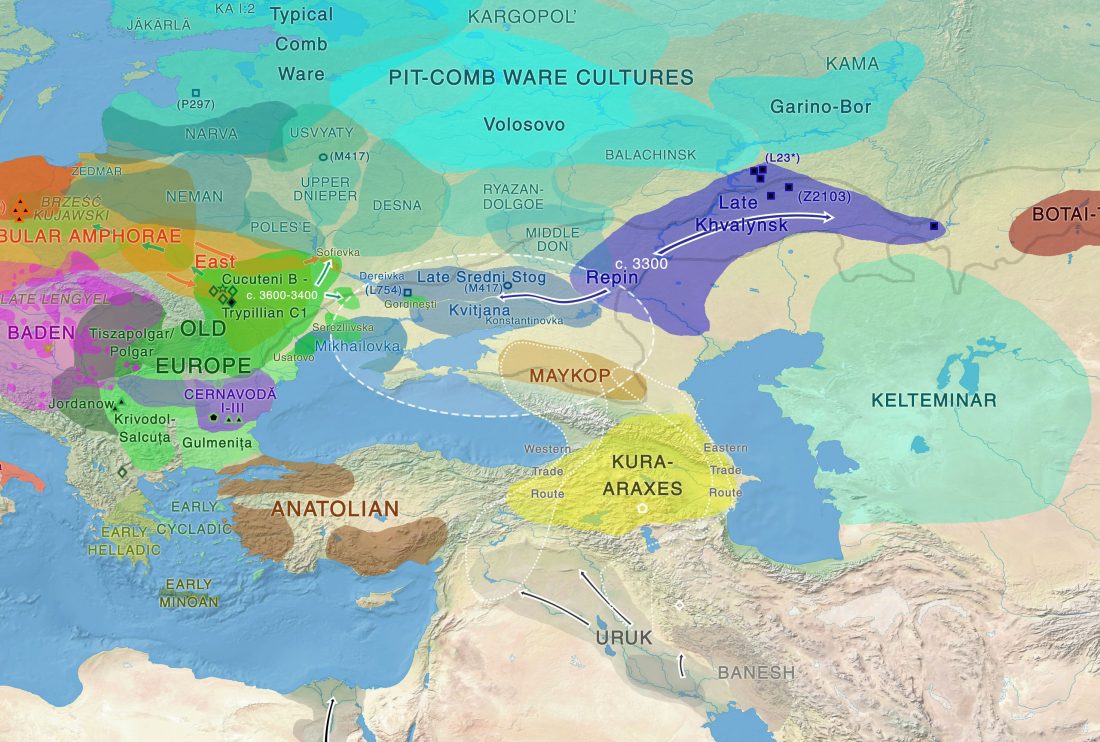Review article on the origin of modern humans: the multiple-dispersal model and Late Pleistocene Asia
Review article On the origin of modern humans: Asian perspectives, by Christopher J. Bae, Katerina Douka, and Michael D. Petraglia, Science (2017)
Abstract:
… Read the rest “Review article on the origin of modern humans: the multiple-dispersal model and Late Pleistocene Asia”BACKGROUND
The earliest fossils of Homo sapiens are located in Africa and dated to the late Middle Pleistocene. At some point later, modern humans dispersed into Asia and reached the far-away locales of Europe, Australia, and eventually the Americas. Given that Neandertals, Denisovans, mid-Pleistocene Homo, and H. floresiensis were present in Asia before the appearance of modern humans, the timing and nature of the spread of modern humans across Eurasia continue to be subjects of intense

